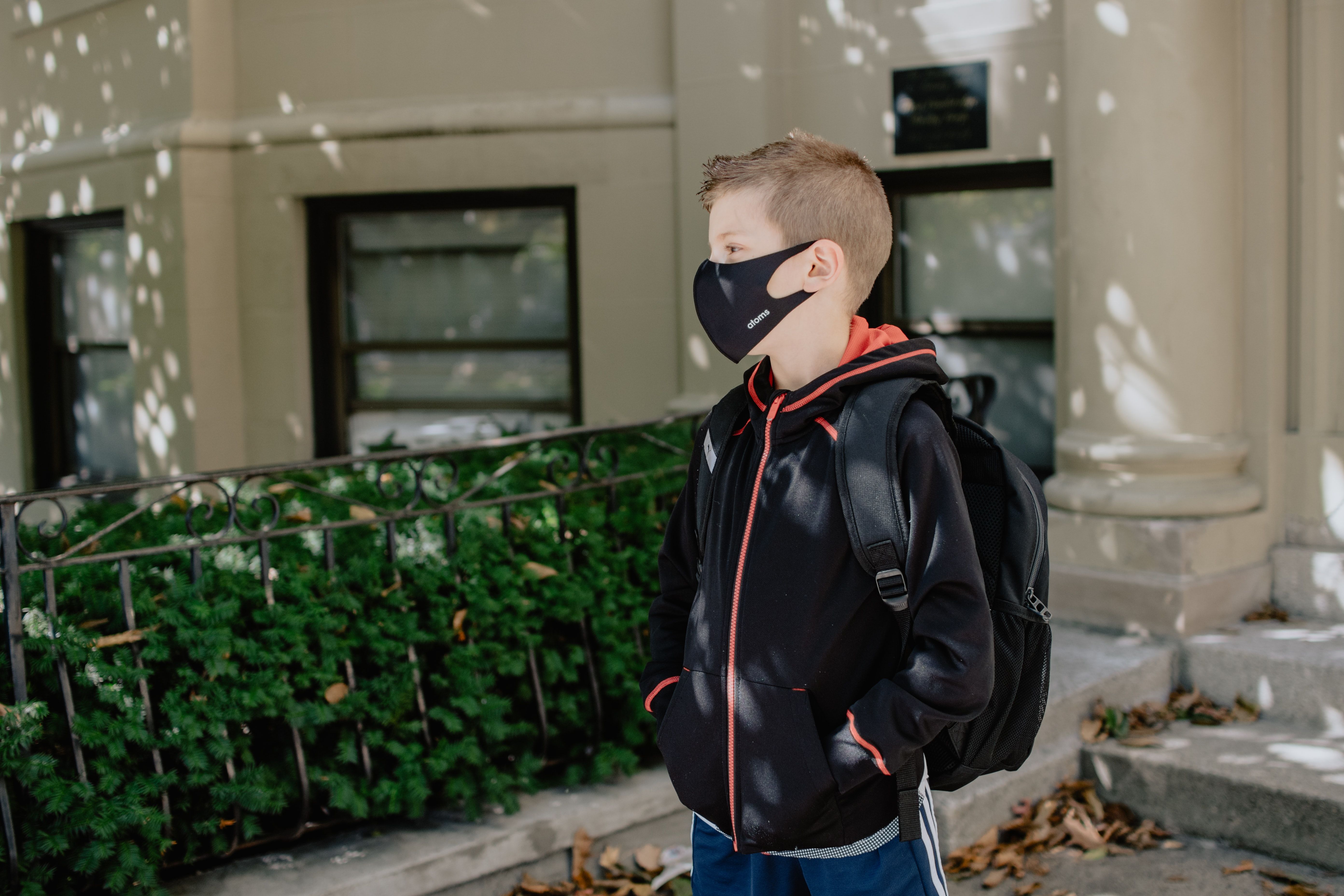Safe School Reopenings: What the Experts Say
Getting kids back in classrooms is crucial, and it can be done with planning and forethought.

Of all the disruptions caused by the COVID-19 pandemic, arguably the most dramatic has been the full or partial closure of schools nationwide. One year out from the initial shutdown, what are the indicators that reopening is safe for students and staff—and can it happen soon? The Infectious Diseases Society of America (IDSA) hosted a press briefing tackling this topic.
“Over this last year, we have learned that when appropriate mitigation protocols are in place, the school environment itself does not seem to serve as a super-spreading environment, and in-person learning in schools have not been associated with substantial community transmission,” Tina Q Tan, MD, professor of pediatrics at Northwestern University’s Feinberg School of Medicine in Chicago, and an attending physician in the Pediatric Infectious Diseases department, said. She noted that outbreaks typically occurred in schools that did not have mitigation measures in place, or when students and staff were exposed in a community setting outside the school building.
According to Tan, low community transmission rates are a key indicator of safe school reopenings. Administrators must implement universal mask wearing among teachers, students and staff, instill good hand hygiene habits, cohort students and teachers into smaller pods, and encourage time spent outside. Student desks should be 3 to 6 feet apart and facing the same direction; however, Tan pointed out that the US Centers for Disease Control and Prevention (CDC) is reviewing its current guidance that students and staff stay 6 feet apart in light of the results of a Massachusetts study that found there wasn’t much difference in the levels of COVID-19 in schools with universal masking, whether individuals stayed 3 feet or 6 feet apart.
“The 3 feet between individuals in the in-person school environment is something that many state departments of education are starting to adopt, especially in light of the Massachusetts study and as more children go back to in person learning,” Tan told Contagion. Schools also need to have procedures in place to deal with a COVID-19 diagnosis among students or staff, she said, and they must have the ability to pivot back to virtual learning if the community experiences a COVID-19 surge.
The COVID-19 pandemic has highlighted just how heavily many students rely on schools for their overall health. “Schools serve as a place for a reliable nutrition source for many children,” Tan said. “They provide physical, occupational, and speech therapy as well as mental health services, and...a safe place where racial and social inequities can be addressed. The negative impacts that have resulted from not attending school in person have been significant.” She described a surge in mental health challenges, a decrease in test scores and other measures of academic progress, and an increase in absenteeism and dropout rates—all of which have disproportionately impacted youth who are already disadvantaged.
But not only school-aged kids have had their lives turned upside down this past year: Colleges and universities shut their doors en masse last March, sending most students home to learn virtually. While many campuses welcomed students back last fall, with varying testing protocols, a hefty chunk of undergraduates are still learning remotely, either from their childhood homes or alone in their dorm rooms, wondering when they’ll get back to classrooms and lecture halls.
“Safe school reopenings can look different for different communities, and they look different for different ages,” Preeti Malani, MD, MS, MSJ, chief health officer at the University of Michigan in Ann Arbor and professor of medicine in its Division of Infectious Diseases, said. Higher education, with students living in congregate housing, presents its own challenges, she noted. Universities may not be able to welcome all students back at the same time if they want to reduce density, and masks, social distancing, and building ventilation are as important as they are in the K-12 setting.
As with the K-12 space, the key for colleges and universities is to strike the right balance between risks and benefits, Malani said, adding, “It’s also finding ways to figure out what can’t be done remotely.” Just as some school districts have concluded that the youngest students need to attend in person while adolescents and teens can stay virtual, colleges have to consider that offerings such as organic chemistry labs and studio performance classes may not translate to Zoom learning.
Malani said her main concern is that any return to campus and in-person learning not be reckless. The University of Michigan administers 20,000 COVID-19 tests weekly, although that number may fall as community transmission rates drop. Many other colleges have implemented regular testing protocols, and some campuses have managed to keep their infection levels well below community levels. “It’s not time for a victory lap yet, but it is time to find ways to get back to these essential activities--and education is essential,” Malani said.
For younger students, however, testing is unlikely to make much of an impact on reopenings. “Testing in the K-12 setting is not quite as nimble as testing has been in the university setting,” Dr. Tan said. “Many of the school districts do not have the financial resources to actually provide testing for children in that age group.” As most children are asymptomatic or have mild symptoms, testing isn’t as much of a factor in whether or not they can attend in person, especially as asymptomatic children may experience false positives with antigen tests.
If schools do find themselves with testing capacity, Malani asserted that testing teachers is a better use of resources than testing students.
